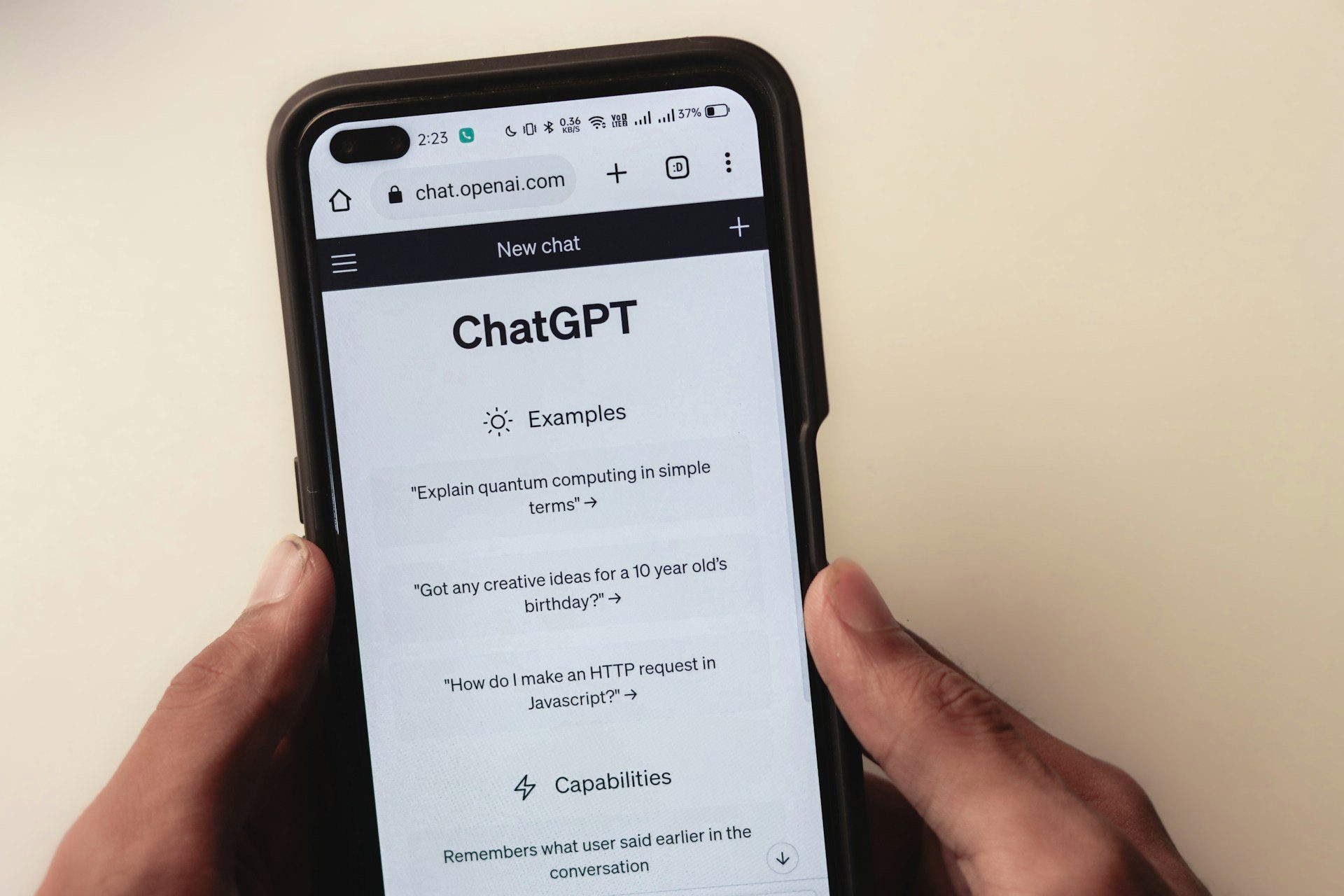이제 ATDD에 대해 이야기할 시간입니다! ATDD에 대해 알고 싶거나 이 개념에 대해 더 자세히 알아보고 싶으신가요? 걱정하지 마세요! 이 글에서는 ATDD가 정확히 무엇이며, BDD 및 TDD와 어떤 관련이 있는지 설명해 드리겠습니다. 또한 모범 사례를 다루고 전체 방법론을 단계별로 살펴볼 것입니다!
이 ATDD 가이드에서
ATDD란?
ATDD는 ATDD의 실천입니다. ATDD 개발 접근 방식은 ATDD 및 BDD 관행을 포함하는 프레임워크입니다. ATDD는 인수 테스트 중심 개발의 약자입니다.
ATDD는 소프트웨어 개발 프로세스의 고유한 접근 방식으로, 먼저 수락 테스트 시나리오를 작성한 다음 비기술 참여자와 협력하여 코드를 구현함으로써 자동화 코드를 개발하는 데 도움이 됩니다. ATDD는 비기술적인 참여자, 테스터 및 개발자를 하나의 환경에 모아 동일한 제품에 대해 공동으로 작업할 수 있도록 합니다. ATDD 도구는 테스트를 목적으로 하지는 않지만 ATDD 관행을 지원합니다.
BDD와 TDD
BDD는 수락 테스트를 기반으로 하는 ATDD와 달리 예제를 기반으로 합니다. TDD는 단위 테스트에 중점을 두지만, BDD는 단위 테스트와 수락 테스트 모두에 중점을 둡니다. ATDD에서는 비즈니스 전문가가 개발 전반에 걸쳐 개발자와 함께 참여하여 무엇을 구축해야 하는지 명확히 파악하고 협업해야 합니다.
개발자로서 ATTD와 ATDD가 정확히 무엇을 의미하는지 궁금할 것입니다. ATTD는 수용 테스트 중심 개발의 약자입니다. ATDD는 테스트 중심 개발과 BDD를 하나의 관행으로 함께 수용하는 것을 의미합니다. ATDD는 TDD(테스트 중심 개발)와 유사하지만 코딩을 시작하기 전에 수락 테스트를 작성해야 한다는 추가 요구 사항이 있습니다.
애자일과 TDD
애자일에는 ATDD, TDD 및 BDD 방식이 포함됩니다. ATTD는 ATDD의 하위 집합입니다. ATTD를 ATDD의 초기 형태로 간주할 수 있습니다. 애자일에서 ATTD 개발 접근 방식은 ATTD와 XP(익스트림 프로그래밍)의 ATBD(수락 테스트 중심 개발)로 알려져 있습니다. ATBD는 비즈니스 전문가가 개발자와 협력하여 무엇을 구축할지 결정합니다.
스크럼에서 수락 테스트는 사용자/고객을 대표하는 비즈니스 전문가와 협력하여 특정 기능이나 사용자 스토리를 위해 무엇을 구축해야 하는지 논의하는 개발 팀이라는 그룹에서 작성합니다. 수락 테스트는 수락 기준을 나타내는 높은 수준의 요구 사항/사용자 스토리를 기반으로 작성됩니다. 수락 테스트는 수락 기준이 충족되었는지 판단하는 방법을 명시합니다. ATDD는 2003년에 Dan North에 의해 정의되었습니다. ATDD는 ATBD(수락 테스트 중심 개발)와 매우 유사한 프로세스입니다. ATBD는 구현 세부 사항도 지정하는 반면, ATDD는 구현 세부 사항을 지정하려고 하지 않고 구현이 요구 사항 사양을 충족하는지 여부만 테스트하는 것이 목표라는 점에서 ATBD와 다릅니다.
ATDD 혜택
ATDD에는 많은 이점이 있습니다. 여기에는 고객 만족도 향상, 품질 개선, 비용 절감, 속도 향상, 생산성 향상 등이 포함됩니다. ATDD의 원칙은 워터폴 및 애자일 방법과 호환됩니다. 또한 ATDD는 전체 프로젝트 수명 주기 동안 장벽을 허물고 모호성을 제거하며 커뮤니케이션을 개선함으로써 비즈니스 사용자와 개발자 간의 협업을 강화합니다.
ATDD는 모든 이해관계자가 개발 프로세스의 모든 단계에서 협력해야 합니다. ATDD는 고품질 소프트웨어를 제작하는 데 걸리는 시간을 줄여줍니다. 또한 ATDD는 재작업을 줄이고 개발 주기 초기에 결함을 수정함으로써 낭비를 줄여줍니다. ATDD를 올바르게 구현하면 프로젝트 라이프사이클의 각 단계에서 성공 가능성을 높일 수 있습니다!
ATDD의 장점은 프로덕션 코드의 오류를 줄이면서 수동 테스트에 드는 시간과 노력을 절약할 수 있다는 점입니다. 또한 개발자의 생산성을 50%까지 향상시킵니다. ATDD의 성공 비결은 먼저 수락 테스트부터 시작한 다음 단위 테스트에 들어가기 전에 통합 테스트로 이동해야 한다는 것입니다.
ATDD에 관련된 단계
ATDD 사용 여부에 대한 승인 테스트에는 5단계가 있습니다:
1) 첫 번째 단계는 비즈니스 요구 사항을 이해하는 것입니다.
2) 두 번째 단계는 사용자 스토리를 작성하는 것입니다.
3) 세 번째 단계는 테스트 케이스를 준비하는 것입니다.
4) 네 번째 단계는 결함 분석입니다.
5) 마지막 단계는 ATDD 프레임워크에 의한 테스트 케이스 실행입니다.
ATDD 전체 양식이란 무엇인가요?
ATDD의 전체 형태는 ATDD의 하위 집합인 ATTD입니다. ATTD는 수락 테스트 중심 개발 ATDD는 ATTD와 ATBD(수락 테스트 중심 개발)를 모두 포함합니다. ATBD에는 ATTD, ATDD 및 BDD 관행이 포함됩니다. ATBD는 구현 세부 사항도 지정하는 반면 ATDD는 구현 세부 사항을 지정하지 않고 구현이 요구 사항 사양을 충족하는지 여부만 테스트하는 것이 ATDD 프로세스의 목표라는 점에서 ATBD는 ATDD와 다릅니다.
승인 테스트와 관련된 단계
1) 비즈니스 요구 사항 이해;
2) 사용자 스토리 작성;
3) 테스트 케이스 준비하기;
4) 마지막으로 결함을 분석합니다,
5) 도입된 프레임워크에 따라 테스트 케이스 실행.
적절한 ATDD를 위한 팁
따라서 ATDD가 무엇인지 아는 것과 이 프레임워크와 프로세스를 실행하는 것은 별개의 문제입니다. 제 경험에 비추어 볼 때 이 팁은 매우 유용합니다:
- ATDD는 반드시 조기에 수행되어야 한다 ATDD는 단위 테스트를 대체해서는 안 된다 ATDD는 테스트 설계 기법이다 ATDD는 협업이 필요하다 좋은 사용자 스토리가 있을 때 가장 효과적이다 ATDD 개발자와 테스터와의 협업 세션은 시간이 많이 소요될 수 있지만 이러한 협업은 더 나은 최종 제품을 만들어낸다 ATDD는 요구사항이 명확할 때 가장 효과적이다 ATBD/ATDD는 요구사항을 명확하게 이해하는 데 도움이 되는 좋은 예제가 있어야 한다 ATDD는 개발자와 테스터가 협력해야 한다.
- 좋은 수락 테스트를 위한 또 다른 훌륭한 팁은 Cucumber, JBehave 또는 Concordion과 같은 ATDD 도구를 사용하는 것입니다. ATDD 프레임워크는 ATDD 테스트 시나리오를 구성하고 ATDD 구현의 복잡성을 줄이기 위해 특별히 설계되었습니다.
ATDD에 대한 최종 생각
ATDD는 고객 만족도 향상, 품질 개선, 비용 절감, 속도 및 생산성 향상 등 많은 이점을 제공하는 테스트 설계 기법입니다. ATDD는 개발 프로세스의 모든 단계에서 모든 이해관계자가 협력해야 하므로 재작업을 줄이고 개발 주기 초기에 결함을 수정하여 낭비를 줄일 수 있습니다.
또한 ATDD는 개발자의 생산성을 50%까지 향상시킵니다. ATTD 또는 ATBD는 ATDD의 하위 집합으로, ATTD는 수락 테스트 중심 개발인 반면 ATBD는 수락 테스트 관행과 BDD 원칙을 모두 포함합니다.
ATDD 프레임워크의 성공 비결은 단위 테스트를 대체하지 않고 일찍 시작하고, 요구 사항 정의를 위한 좋은 사용자 스토리를 확보하고, 가능한 경우 Cucumber나 JBehave 같은 도구를 사용하고, 요구 사항 설명 세션 전에 공동 작업을 하는 것입니다.













